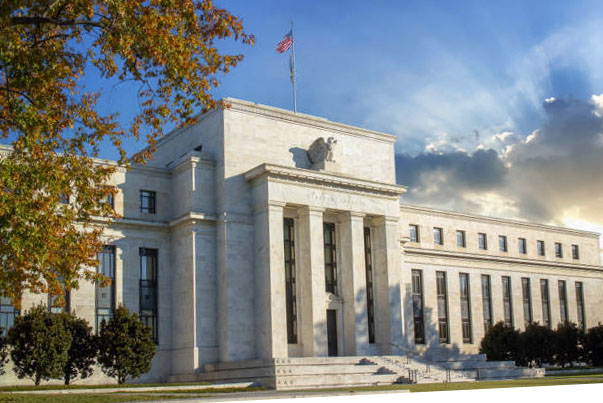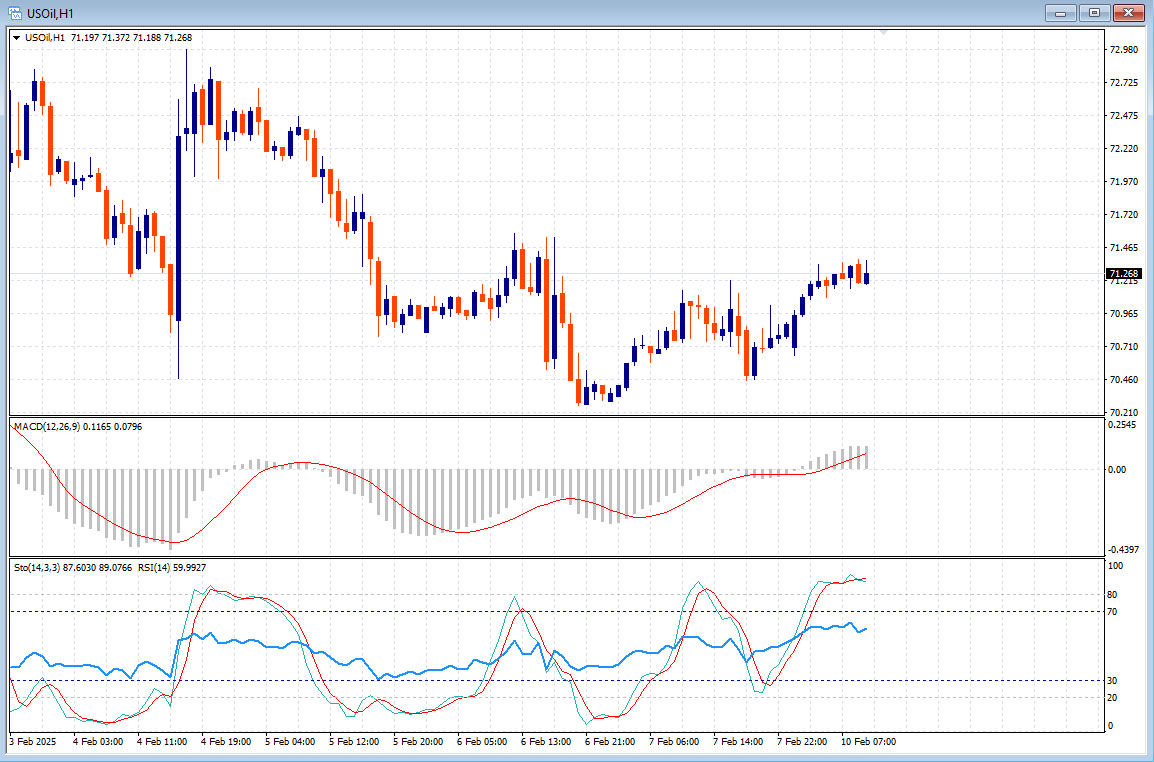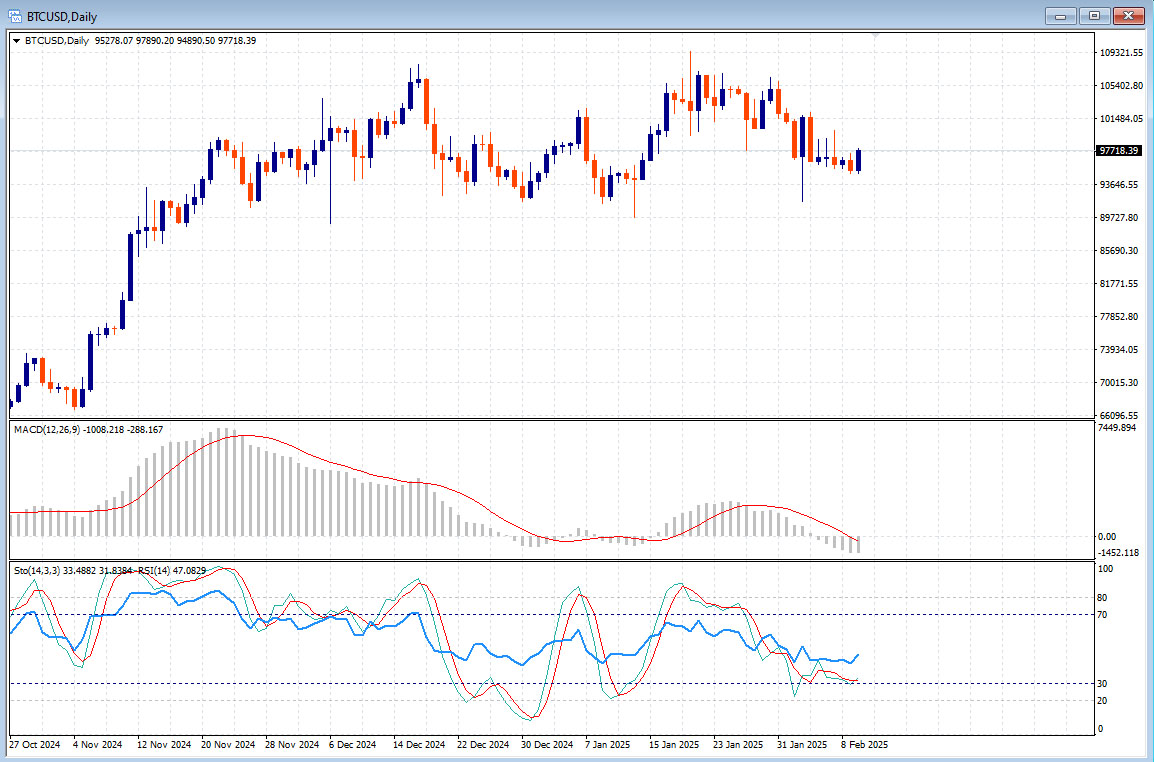For the first half of 2025, our primary macro thesis is that the US will experience another wave of deflation.
In H1 2025, we anticipate core PCE to annualize at or below 2%.
According to our Leading Inflation Indicator, a final wave of deflation may be imminent in the first half of 2025:

The seven most statistically significant forward-looking indicators for core US inflation are used to construct this Leading Inflation Indicator in order to give it some substance.
Leading indications of shelter inflation, which account for more than 30% of the core US inflation indices, are mostly to blame for the most recent decline.
As you are aware, because of its approach, official shelter inflation sometimes takes into account on-the-ground rent growth with a delay. To forecast where shelter inflation will go, series such as the Zillow Rent Index have been utilized.
One of the strongest indicators of shelter inflation is the CoreLogic single-family rent index, which just printed at its lowest level in 14 years:
Other leading indicators also show that the housing sector is beginning to show signs of weakening.
The massive backlog to clear was a major factor in the property market’s resilience in the face of high mortgage rates.
The demand for housing was extremely high during the epidemic, but labor shortages and supply constraints prolonged the building construction cycle, resulting in significant backlogs that kept the housing market afloat.
This tailwind appears to be expended, as major US homebuilders such as D.R. Horton are now claiming that their backlogs have returned to 2019 levels:
Furthermore, the construction industry’s job opportunities are rapidly declining, according to Tuesday’s JOLTS report (see figure below).
A cyclical downturn in the construction industry has historically been an early indicator of a broader softening in US growth conditions because the industry is essential to the US business cycle.
To be clear, there are now no layoffs among construction workers.
However, it appears that the circumstances are favorable for a downturn in the housing industry, which also causes disinflation through the component of rent for shelter:

A disinflationary slowdown in growth may be imminent, according to new data on inflation, growth, and the housing market. The Fed could then swiftly re-establish the Fed Put and move to a quarterly rate of cuts.
Stocks and bonds would rise as a result of this “proactive risk management” dovish posture, which would improve financial conditions.
The Fed is expected to put itself on pause in March, make perhaps two cuts this year, and then essentially stop there.
The Fed’s reduction cycle ends at the terminal rate, which is priced at about 3.90%.
Bonds have an intriguing risk/reward ratio if my disinflationary thesis is proven to be accurate, since the likelihood of Fed raises is minimal as long as Powell serves as Fed Chair until May 2026.
Thank you for reading, and that’s all for today.


